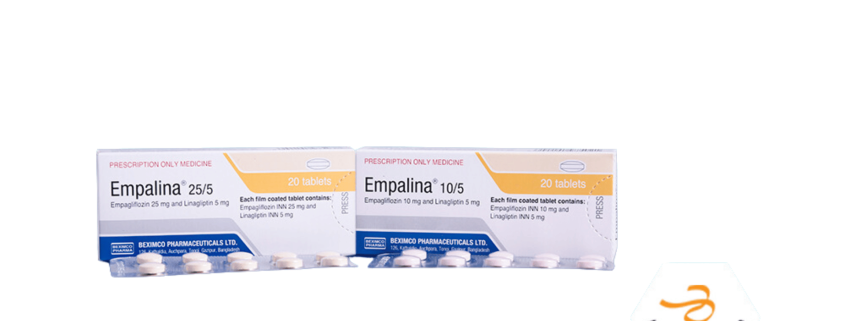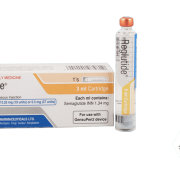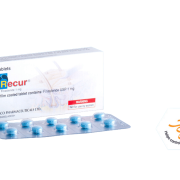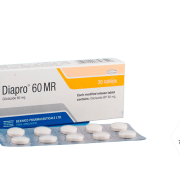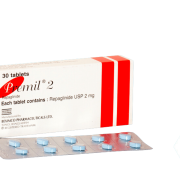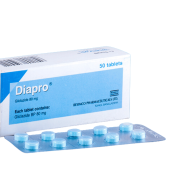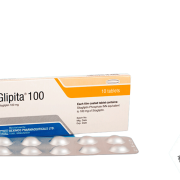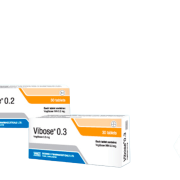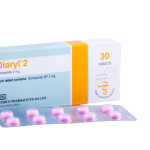Empalina
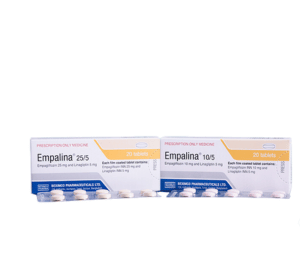
Generic Name: Empagliflozin and Linagliptin
Dosage Form: Tablet
TG Name: Endocrine & Diabetes
1. What is EMPALINA®?
EMPALINA® is a combination of Empagliflozin, a Sodium-glucose cotransporter-2 (SGLT2) inhibitor and Linagliptin, a dipeptidyl peptidase-4 (DPP-4) inhibitor, indicated as an adjunct to diet and exercise to improve glycemic control in adults with type 2 diabetes mellitus when treatment with both empagliflozin and linagliptin is appropriate.
2. How EMPALINA® works in our body?
EMPALINA® combines two antihyperglycemic agents with complementary mechanisms of action to improve glycemic control in patients with type 2 diabetes: empagliflozin, a sodium-glucose co-transporter 2 (SGLT2) inhibitor, and linagliptin, a DPP 4 inhibitor.
Empagliflozin
Sodium-glucose co-transporter 2 (SGLT2) is the predominant transporter responsible for the reabsorption of glucose from the glomerular filtrate back into the circulation. Empagliflozin is an inhibitor of SGLT2. By inhibiting SGLT2, empagliflozin reduces renal reabsorption of filtered glucose and lowers the renal threshold for glucose, thereby increasing urinary glucose excretion.
Linagliptin
Linagliptin is an inhibitor of DPP-4, an enzyme that degrades the incretin hormones glucagon-like peptide-1 (GLP-1) and glucose-dependent insulinotropic polypeptide (GIP). Thus, linagliptin increases the concentrations of active incretin hormones, stimulating the release of insulin in a glucose-dependent manner and decreasing the levels of glucagon in the circulation. Both incretin hormones are involved in the physiological regulation of glucose homeostasis.
3. What are the indications of EMPALINA®?
The indications for EMPALINA® are:
- as an adjunct to diet and exercise to improve glycemic control in adults with type 2 diabetes mellitus.
- in adults with type 2 diabetes who have known cardiovascular disease when both empagliflozin and linagliptin are appropriate, and empagliflozin is needed to reduce the risk of cardiovascular death.
4. What are the dosage & administration of EMPALINA®?
The recommended dose of EMPALINA® is 10 mg empagliflozin/5 mg linagliptin once daily in the morning, taken with or without food. In patients tolerating EMPALINA®, the dose may be increased to 25 mg empagliflozin/5 mg linagliptin once daily.
5. What are the contraindications of EMPALINA®?
It is contraindicated in patients with moderate to severe renal impairment (eGFR less than 45 mL/min/1.73 m2), end-stage renal disease, or dialysis. Acute or chronic metabolic acidosis, including diabetic ketoacidosis or type 1 diabetes mellitus. Diabetic ketoacidosis should be treated with insulin. History of severe hypersensitivity reaction to Empagliflozin and Linagliptin.
6. What are the adverse effects of EMPALINA®?
Adverse effects of EMPALINA® may include low blood sugar (hypoglycemia), urinary tract infection, increased urination, genital yeast infections, diarrhoea, nausea, vomiting, gas, abdominal discomfort, indigestion, weakness or lack of energy, high cholesterol, joint pain, and headache.
7. What would be the storage condition of EMPALINA®?
Do not store above 30°C. Do not refrigerate or freeze. Keep in a dry place. Protect from light & keep out of the reach of children.

